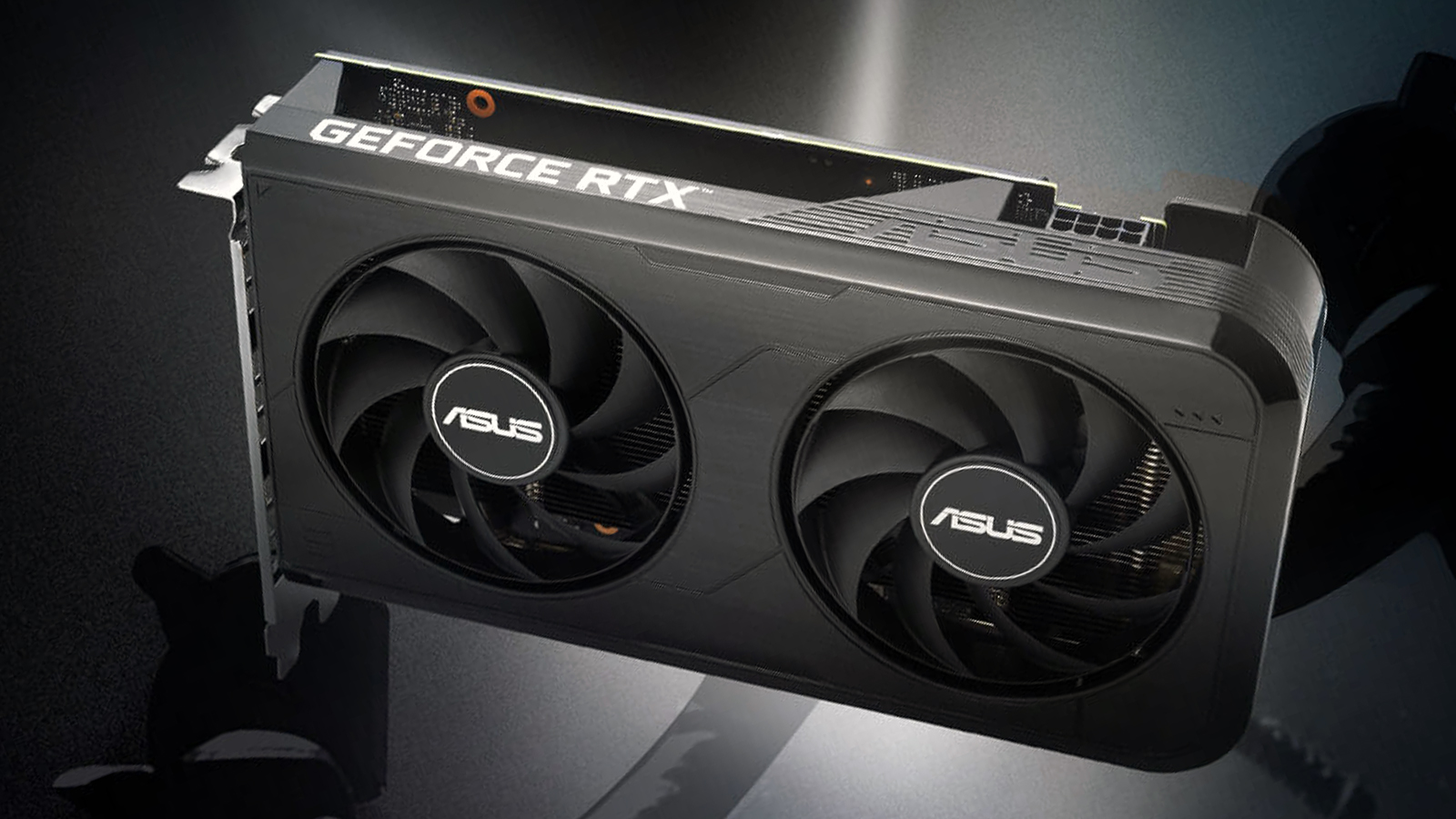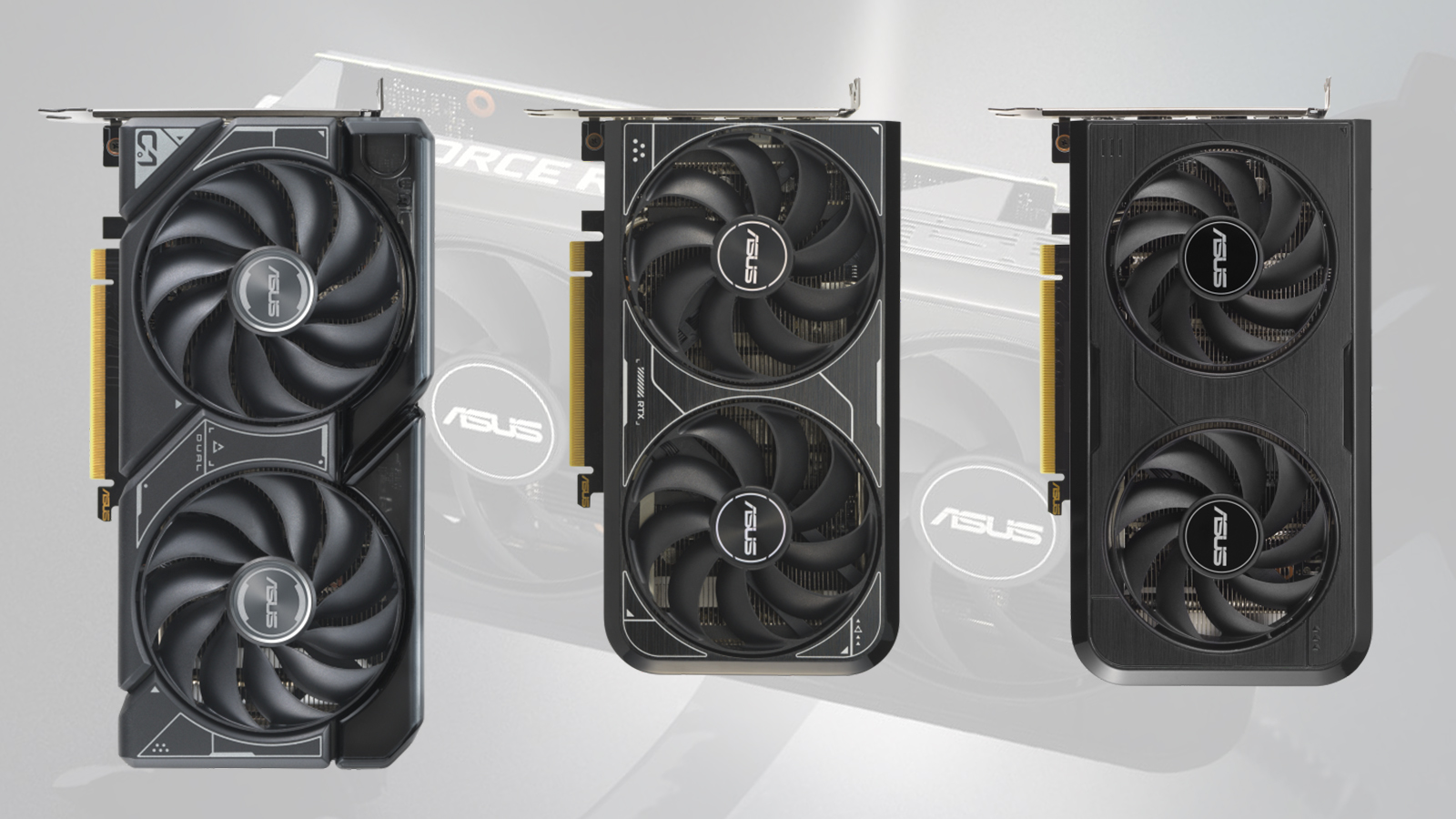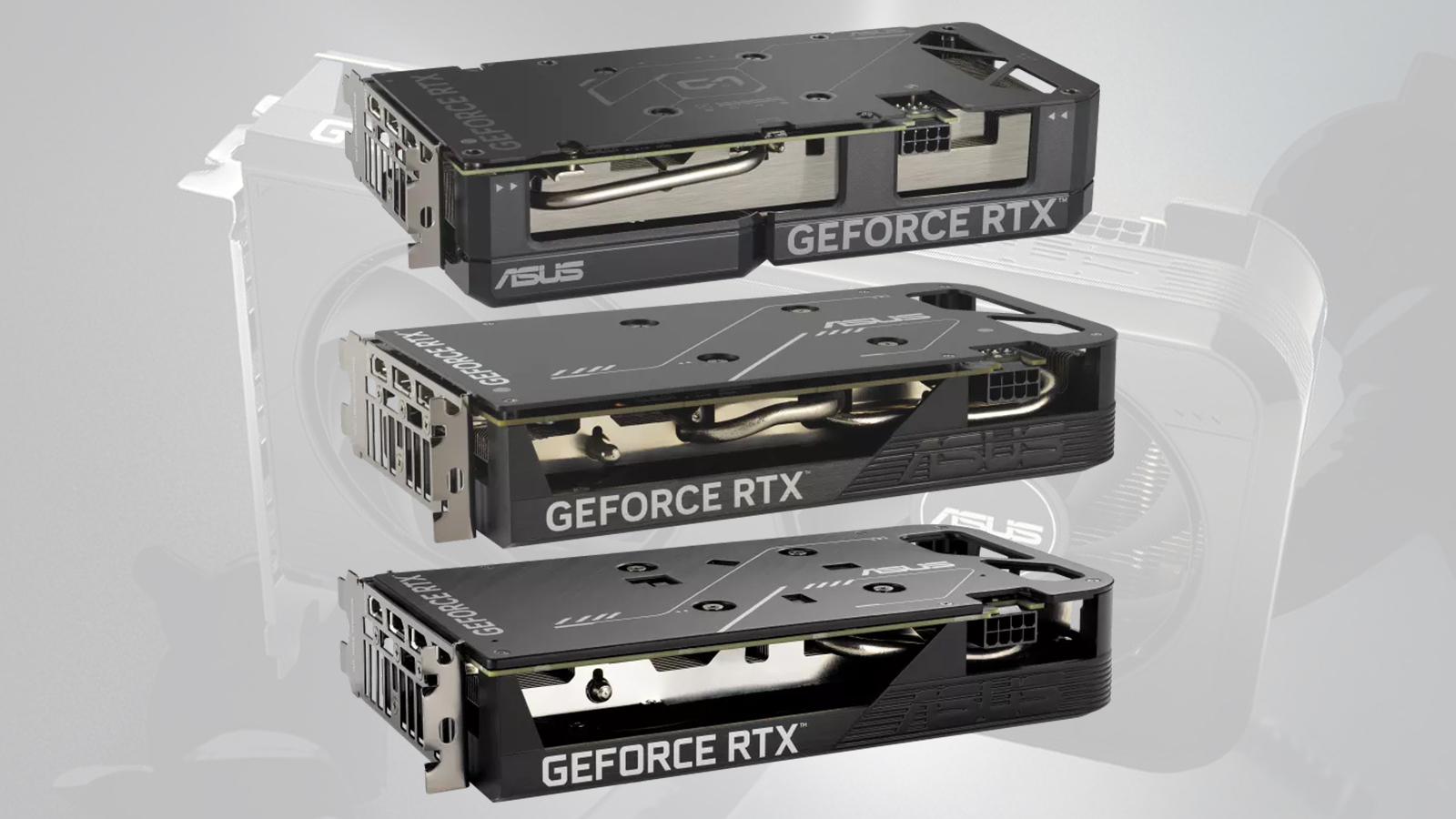
Asus just released the third iteration of its twin-fan RTX 4060 graphics card. The Asus Dual RTX 4060 V3 uses a simpler fan shroud design and smaller fans compared to earlier versions, but it also delivers a slightly smaller design. Nevertheless, it has the same clock speed and recommended power supply as the older versions.
Here’s the comparison of the three generations of the Asus Dual RTX 4060, plus a couple more 4060 GPUs from other brands.
As you can see, the Asus Dual RTX 4060 cards have retained the same performance specification levels across all three generations. However, Asus made improvements to the GPU's cooling with every version. The V2 was around 25mm shorter, 3mm thinner, and 9mm smaller than the previous generation.
The Asus Dual RTX 4060 V3 has almost the same dimensions as the V2 version, but the company made some changes to the heatsink and used smaller fans. It's available in both standard and overclocked editions, so you can get a bit more power from your 4060 GPU fresh out of the box if you're willing to spend a few more dollars.
If you want even more power, you could pick MSI's RTX 4060 Gaming X. It is substantially larger in length and width compared to even the first version of the Asus Dual RTX 4060, although it keeps the two-slot height of the other GPUs. But if you plan to build a Small Form Factor PC, it might be better to go with Gigabyte's RTX 4060 WindForce for its smaller dimensions.


The RTX 4060 V3 launch is quite a surprise from Asus, but we still estimate there are more than a few months until Nvidia launches its next-generation RTX 50-series successor. Asus simply seems to be optimizing the design here, presumably shaving the build cost a little while keeping the hardware in-spec. Specifically, the smaller fans and upgraded heat sink could save it a few dollars in production costs.
Alternatively, the company could be making this revision to revitalize the sale of its entry-level Nvidia offerings, especially as the RTX 5060 and other 50-series GPUs at around the same performance aren't expected to come out until next year (or even longer).







